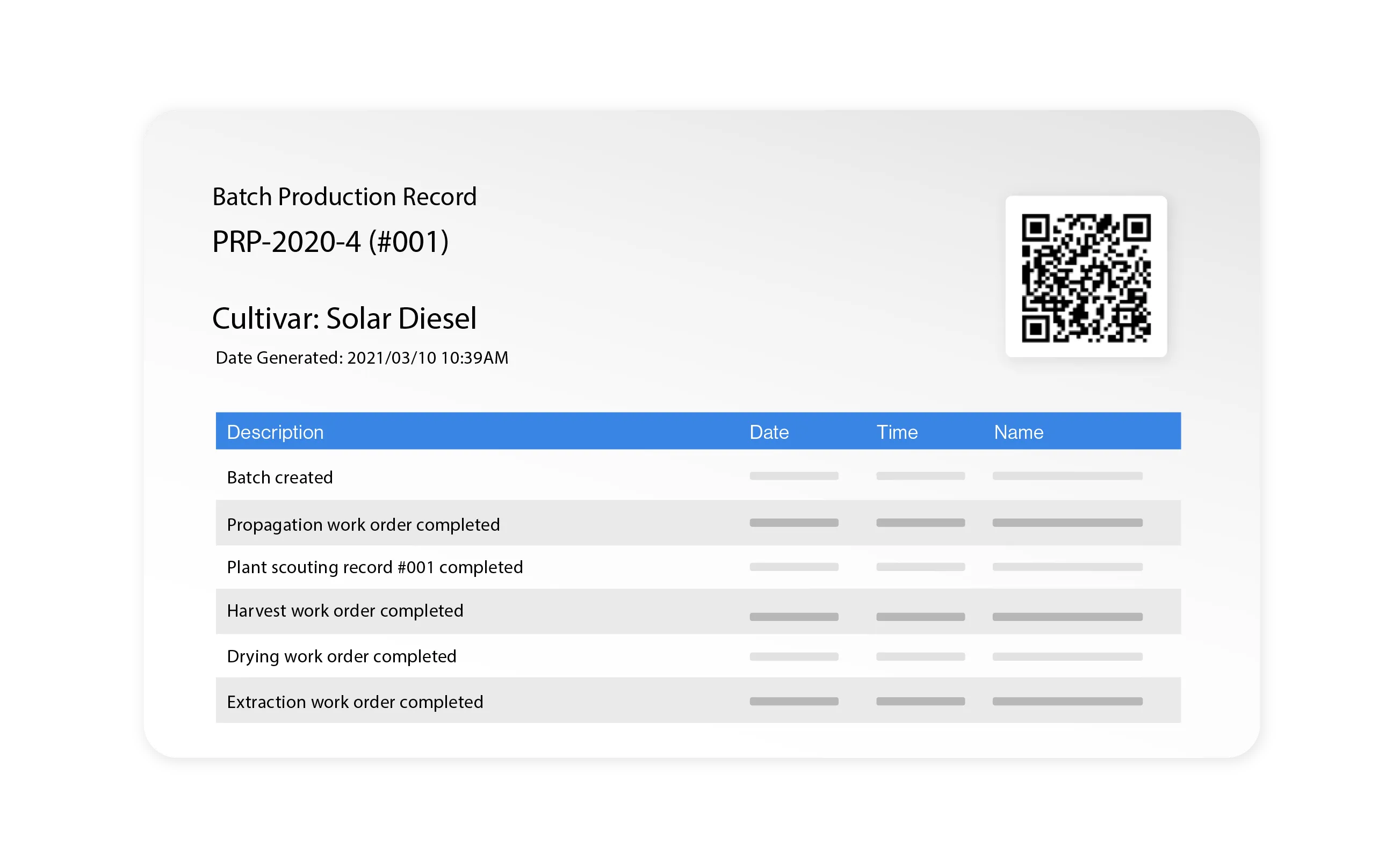Why is accurate batch record keeping important?
We can’t emphasize enough just how important it is to get your batch record right. Not only are they required to adhere to Good Production Practices (GPP) and Good Manufacturing Practices (GMP), they are the essence of a strong quality assurance program and, ultimately, the key to producing high-quality products consistently.
If your batch records are audited by the regulators and they’re insufficient or incoherent, you will face significant roadblocks in releasing that particular batch. Equally, if a product is recalled and you fail to produce acceptable batch records, there could be consequences, such as fines or loss of licences.
Yes, they can be a pain…!
As important as they are, batch records can be a complete nightmare, especially if you’re new to a facility and have to learn and understand the existing reporting processes. If you don’t have the right system in place, we’ve found that just the act of filing paper records can take at least 18 hours per week, per Quality Assurance team member...!
So, how do you make batch record creation simple and fast?
Digitize your record keeping. If you’re doing it on paper, your quality assurance teams waste time passing around documents, collecting records, associating them with the relevant batch, creating copies, and verifying their completeness and accuracy. So. Much. Admin.
Tedious paper record keeping also slows down your batch release process- Meaning order fulfillment delays and potential customer dissatisfaction.
At Elevated Signals, we speak to producers of all sizes every day; we’ve certainly heard some horror stories when it comes to paper batch records. They’ve been stolen, gone missing, or had coffee spilled on them - meaning the batch can’t be released - and this is all after the poor Quality Assurance team has spent hours pulling it together. With virtual audits now commonplace, we know people manually scan hundreds of pages of reports to share batch records with Health Canada and other regulators digitally.
If you’re already using a digital system for your record keeping, then that is a great first step. The next step is to ensure that that system isn’t just an electronic like-for-like replacement for your paper system. Ideally, you want a smart solution connecting your quality assurance program to your manufacturing inventory. This allows you to automate the admin work, freeing time to focus on quality assurance and batch record release.
By implementing this type of digital system, you’ll have end-to-end visibility and traceability of a batch and the ability to compile and download batch records in seconds - useful for those ad hoc Health Canada Audits. You’ll also have access to a whole array of data and insights which can help you reduce errors, identify gaps in your processes and ultimately improve your operations.
Digital Batch Record Examples

Digitizing your recordkeeping and automating batch records helps you reduce quality assurance labour costs and the time it takes to compile a batch. But that's not all. It can also help with multiple other challenges, such as inventory management and CTS reporting.
Curious about what digital record keeping looks like? Here’s a digital batch record example in Elevated Signals.
Want to make your Quality Assurance program more efficient? Get in touch if you'd like to learn more about how we can help with automatic batch records.




%20(1).png)
.png)
%202.png)

.png)


